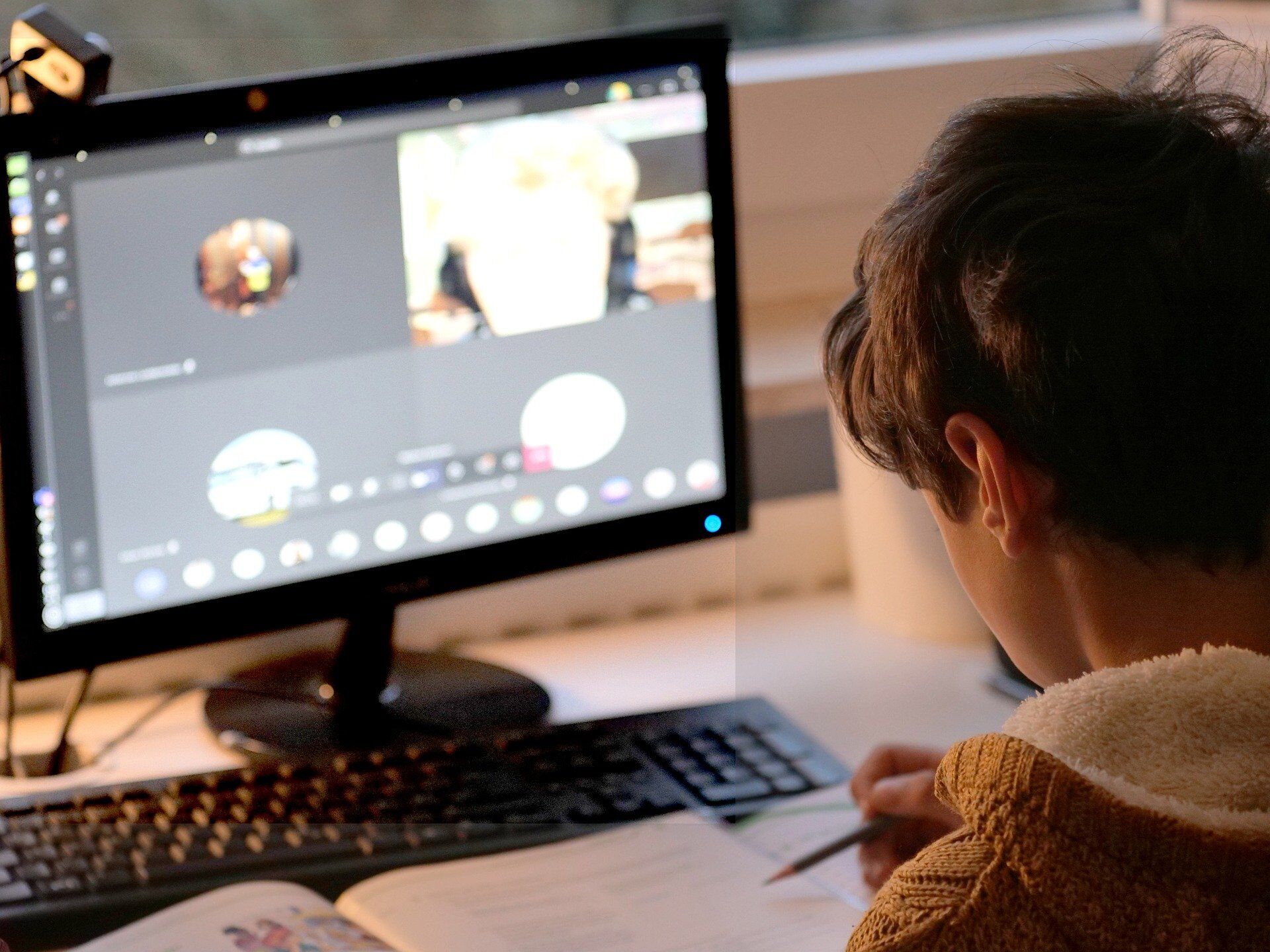Inevitable course
Online education has its own set of pros and cons but there could be no denying the fact that it is the future

"Education is the most powerful weapon you can use to change the world"
— Nelson Mandela
When the first case of COVID-19 was reported in India in 2020, there was panic as the disease was not just communicable but also lacked medication. The world was witnessing something which was fatal and uncontrollable. It was then that the governments across the world decided in favour of lockdown. India, of course, was no exception.
Mode of working shifted to 'work from home' culture — initiated by the IT sector, and then trickling down to others. Amid all this, education has been a sector that has witnessed a paradigm shift.
The education sector — which is usually associated with a classroom full of students, an educator, a board, a chalk etc — found a new normal in the form of virtual classes.
Shift towards online classes
When the lockdown was announced, it was quite clear from the prevailing circumstances that it would not be possible to have classes in physical mode in the near future — leaving students and teachers to brace for the new normal. The process of shifting to the new mode seemed slightly difficult as it was a novel experience for both the educators and the pupil. The issues related to connectivity and lack of access to smartphones or laptops had been common. Parents, who were already working from home, received an additional burden of arranging for smooth functioning of the classes for their wards. Furthermore, there were fields that required lab experiments or training in physical mode. Though the senior students could easily adapt to online education, it was becoming difficult for the junior counterparts to do the same. A question before the parents was how to make their kids sit in front of the laptop / smartphone for attending classes. Jokingly, a message was being circulated on social media that earlier students were not allowed to bring their phones to school but now the schools were themselves on the phones.
Though there had been instances before the pandemic where classes were taken in the online mode but it was very unusual, not a common practice. In the beginning, online education was taken up mostly with enthusiasm from both sides, but eventually, the motivation level kept dropping.
Steps taken by the government
Taking into account the situation at hand, the government motivated the stakeholders for online education, and worked towards implementing it. Various initiatives like PM e-Vidya under Atma Nirbhar Bharat were taken to ensure that the students in remote areas could also have access to education. The platforms used for such initiatives included DIKSHA (e-content for school education), Swayamprabha TV channel, CBSE's podcast Shiksha Vani etc. The Government also took steps for the education of the visually and hearing impaired.
Some other government-run platforms provided access to numerous books, including NCERT books, free of cost.
The new normal
Everything said and done, online mode of education is the new normal. Whenever a new technology or a mode is adopted, it comes with its own set of pros and cons.
Some of the positive features of online education include:
a) It has enabled students and educators sitting at distant locations to be part of the same class. A student living in a remote area, who has less resources, can now get quality coaching and study material from home itself.
b) There has been an increase in the number of webinars conducted by experts in various fields.
c) Students can find numerous video lectures on diverse topics, almost free of cost. It supplements the learning they receive in classes.
d) Students have numerous choices for opting their courses / instructors.
On the flip side, online education also comes with certain disadvantages, which include:
a) There have been cases where teachers are bullied by the students. We must understand the pain an educator may be taking up for conducting the classes as he / she is also suffering from the same restrictions as the students are.
b) Of late, it has been observed that students have not been able to make up their groups which they could have made, had they been at their classes.
c) Also, the students are lacking discipline or the routine which they might have got while being in classes.
d) Students have also lost their access to school playgrounds which may be affecting their growth.
The way forward
A campus is known not for its building and infrastructure but for the quality of education which is imparted within it. Students and faculties together make a campus lively. Though Covid has pushed the learning to a virtual mode, it has given both the positive and negative outlook. It would be pertinent here to note that this online mode of education is the future — the coming generations will be well aware of it and accept it as normal. With the advancement in technology, in the coming years, online education will be much simpler, easy to accept and follow.
Though it is not completely clear when the online mode would shift back to the offline mode, it is very important that the educators and pupils both support each other for sailing through these difficult times. It is often seen that the participation of students is reducing, and the faculties are losing motivation. But I believe this is a temporary phase, and faculties and students will soon come back to the classes — be it online or offline — with the same old vigour.
Views expressed are personal



